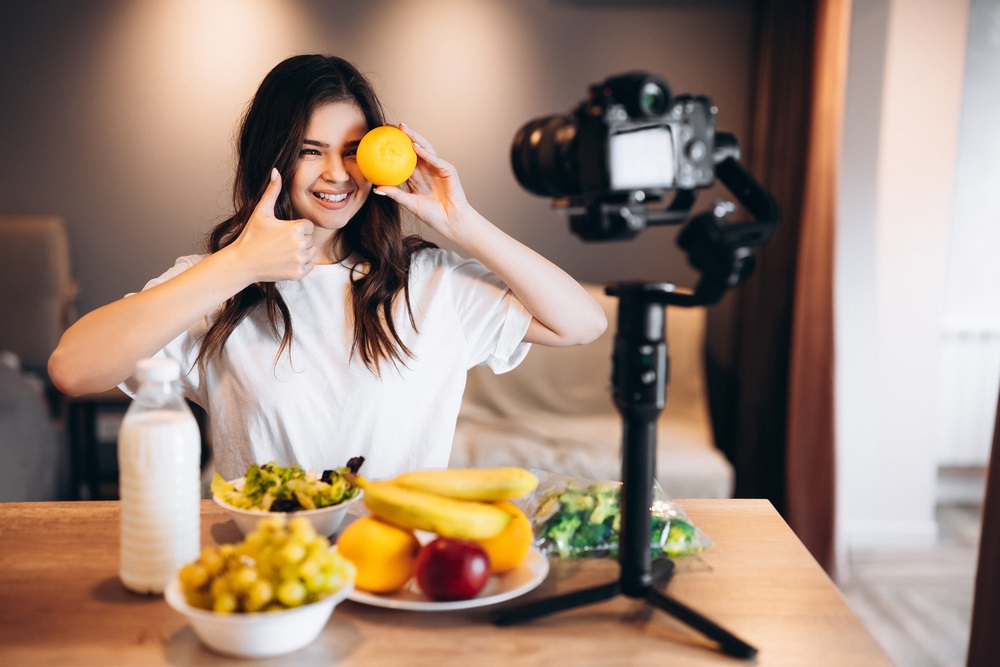What about social media strategy?
Let's dig in.
Social media is a crucial component of any successful marketing strategy for food and beverage brands. It allows you to connect with your target audience, build brand awareness, and increase sales. However, simply having a presence on social media is not enough to guarantee success. In this post, we'll share tips and tricks for crafting a successful social media strategy that will help your food and beverage brand stand out from the competition.

1: Know Your Audience
Before you start posting on social media, it's essential to know your target audience. Who are they? What do they like? What are their pain points? By understanding your audience, you can tailor your social media content to their preferences and needs, which will increase engagement and ultimately, sales.

2: Choose the Right Platforms
Not all social media platforms are created equal. Each platform has its own unique audience and features, so it's essential to choose the ones that are the best fit for your brand. Instagram is ideal for visually appealing content, while Twitter is great for real-time updates and customer service. Facebook is perfect for building a community and sharing longer-form content.
3: Create Engaging Content
Once you know your audience and the platforms you'll be using, it's time to start creating content. Your content should be engaging, informative, and visually appealing. It should also align with your brand's values and messaging. Use high-quality images and videos, and be sure to include calls to action to encourage engagement.
4: Leverage Influencer Marketing
Influencer marketing is a powerful way to reach new audiences and increase brand awareness. Identify influencers who align with your brand's values and target audience and partner with them to create content. This will help your brand reach new audiences and build trust with potential customers.
5: Measure and Analyze Results
Finally, it's crucial to measure and analyze your social media strategy's results regularly. Use social media analytics tools to track your performance and adjust your strategy accordingly. By doing so, you'll be able to identify what's working and what's not, and make data-driven decisions to improve your social media strategy over time.

